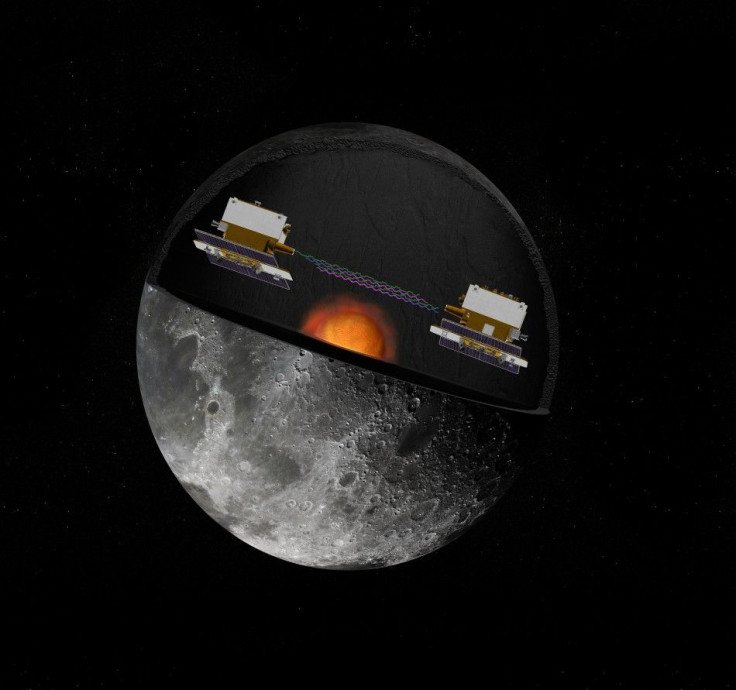NASA Twin GRAIL Spacecraft Launch at 8:37 am: Watch Live Online Coverage

The countdown to twin GRAIL spacecraft mission to Moon is moving ahead toward a lift-off at 8:37 am EDT, NASA said in a statement. Forecasters still are calling for a 40 percent chance of good weather at the scheduled launch time.
NASA's GRAIL spacecrafts are set to launch to the moon aboard a United Launch Alliance Delta II rocket from Cape Canaveral Air Force Station, Florida. There are two instantaneous (one-second) launch windows at 8:37 am and 9:16 am EDT. The launch period extends through Oct. 19.
The weather concern, as it has been for the last several days, is the possibility of thick clouds and rain near Cape Canaveral Air Force Station's Space Launch Complex 17B.
During the morning weather briefing to the launch team, clouds near the Florida launch site have not thickened, so there is some optimism that conditions will allow a launch Thursday.
The Gravity Recovery and Interior Laboratory mission (GRAIL) features twin spacecraft embarking on a challenging mission to map the Moon's gravity.
GRAIL's primary science objectives are to determine the structure of the lunar interior, from crust to core, and to advance understanding of the thermal evolution of the Moon.
The lunar orbiters are nestled inside the top of a United Launch Alliance Delta II 7920H-10C rocket, the most powerful Delta rocket in NASA's inventory.
The launch team is moving ahead with a launch attempt for NASA's GRAIL mission this morning. No technical issues are being worked with the United Launch Alliance Delta II heavy rocket or the twin GRAIL spacecraft.
The Delta II's first stage has been loaded with almost 10,000 gallons of refined kerosene, known as RP-1. Liquid oxygen now is being loaded into the rocket. The Delta II first stage engine runs on kerosene and liquid oxygen.
Unless you are one of the people flocking to Florida to see the rocket launching, you're going to need an alternative method of watching the liftoff.
If you are by a computer, you can head to NASA TV for their live stream of the launch.
If you are away from your computer, NASA offers iPhone and iPad apps that will stream the full coverage. There is also a new Android app, check it out.
For the multi-taskers out there, you can also be on the lookout for up-to-the minute coverage on Twitter by following the official NASA twitter feed (@NASA) and the Kennedy Space Center's (@NASAKennedy).
Most networks will cover the launch live. Better yet, you can just watch the live feed here:
© Copyright IBTimes 2024. All rights reserved.











